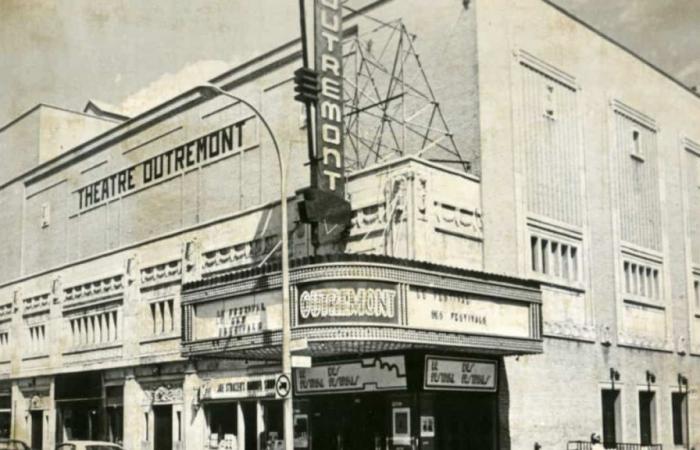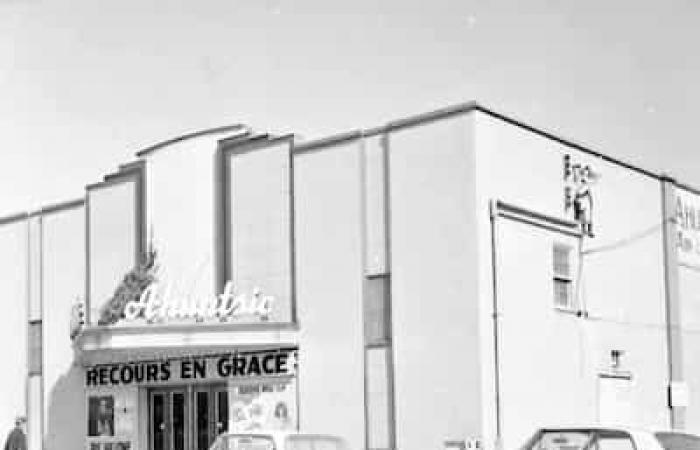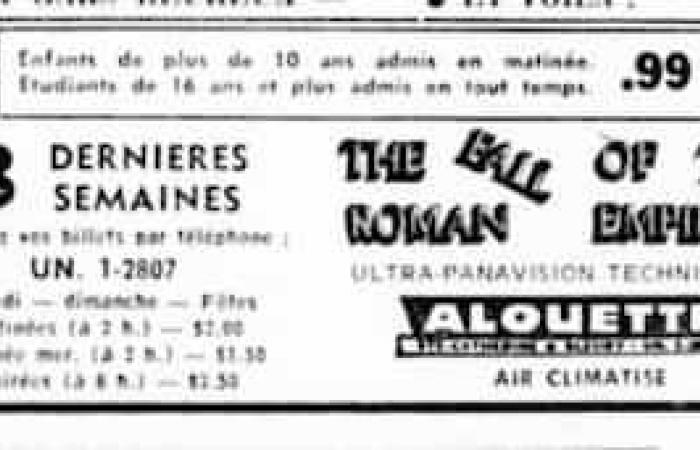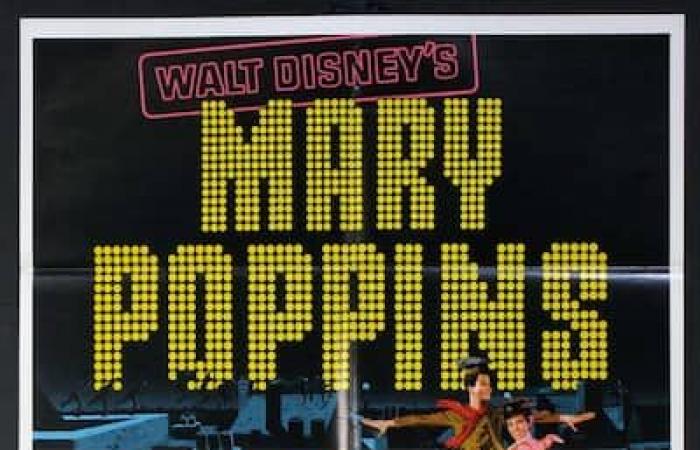Just scan the articles and cinema advertisements in the pages of the Newspaper in the summer of 1964 to see that Montreal moviegoers were spoiled for choice when they wanted to treat themselves to an evening “of views”. At that time, neighborhood cinemas were still very numerous and more popular than ever.
“Those were great years for film buffs,” recalls retired film professor Pierre Pageau, author of the book Cinemas in Quebec and programmer of Station Vu, a cinema located in Pointe-aux-Trembles.
• Read also: The cultural summer of 1964: the time when American actor James Stewart hid in Montreal
“I was 18 at the time and I was very lucky to be able to experience that. Certain theaters like the Élysée began to offer repertory cinema. Meanwhile, “neighborhood palaces” like the Rivoli, the Château and the Papineau and the Odéon chain cinemas, including the Mercier, the Champlain and the Crémazie, filled their theaters with American films dubbed into French. . It worked well because there was a big audience for it.”
Photo ARCHIVES OF THE CITY OF MONTRÉAL
At the beginning of the 1960s, there were around sixty cinemas in Montreal, most of them “mono-screens” (a single room). The largest venues, the palaces like Loew’s (2,800 seats) and the Capitol (2,600 seats), were located downtown and operated at full capacity. But each neighborhood had its cinema(s).
“There is a phenomenon that is very important for the life or survival of a theater, and that is its insertion into its human environment,” explains Pierre Pageau, citing the film as an example. Cinema Paradiso.
“Back then, people could go see a movie at a theater near them. It was the concept of neighborhood cinemas which was born at the birth of cinemas [au début du 20e siècle] and which was still maintained in the early 1960s.
“Today, there is only one neighborhood cinema left in Montreal: the Beaubien, which is unique in its kind. Large cinema complexes are mainly located in downtown or in the suburbs of Montreal.”
Photo taken from the Facebook account Les Cinémas de Montréal
The beginning of the end
If neighborhood cinemas were still very popular at the beginning of the 1960s, the arrival of television in Quebec households began to shake theater owners at the turn of the 1960s. This revolution began slowly with the creation of Radio- Canada, in 1952, and increased in 1961 with the arrival of Télé-Métropole and CTV.
“From there, there was an inevitable spiral,” underlines Pierre Pageau. Cinema attendance figures began to fall around 1954 and the decline continued like this for several years. “Single-screen” cinemas lasted until the 1970s, but it was a pivotal period during which several theaters closed their doors or were transformed into erotic cinemas.”

Photo taken from the Facebook account Les cinémas de Montréal
Cinema in 1964
The price of a cinema ticket

Photo from ARCHIVES – LE JOURNAL
Since the appearance of the first commercial rooms, at the end of the 19e century, cinema has always been considered an inexpensive cultural activity. This was particularly true in 1964 when the cost of a movie ticket fluctuated between 50 cents and $2.50, depending on the day and time of day. To face competition from church halls and television, certain establishments also regularly offered two films for the price of one.
A summer of box office success
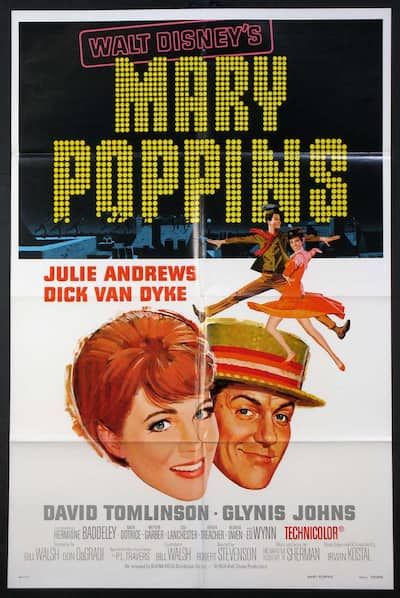
Photo taken from the X FilmPostersCom account
Musical comedy Mary Poppins was by far the most popular film at the box office in 1964. Released in late summer, the Walt Disney classic starring Julie Andrews attracted nearly 110 million viewers to theaters and made box office revenues of nearly $103 million, according to figures compiled by the site The Numbers. Other films that did well at the box office that summer included the drama The Ambitious ($28 million) the James Bond film Good kisses from Russia ($25 million) and comedy The pink Panther ($11 million).
A historic Oscar

Photo taken from the Cinémathèque française’s X account
Presented on April 13, 1964 at the Civic Auditorium in Santa Monica, Los Angeles, the 36e Oscar ceremony crowned the film Tom Jones by British director Tony Richardson, an adaptation of a novel by Henry Fielding published in 1749. But the evening was above all marked by the historic triumph of Sidney Poitier, who that year became the first black man to win the Oscar for Best Actor thanks to his performance in the film The lily of the fields.

